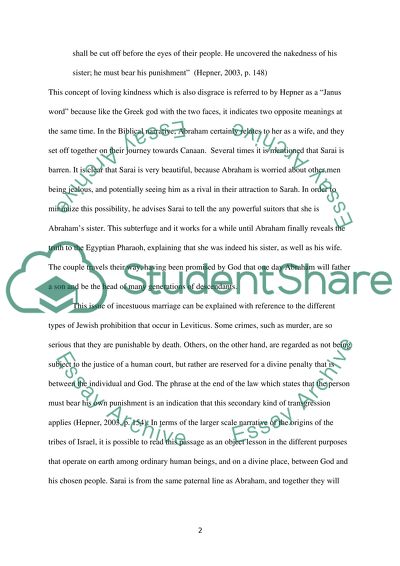Cite this document
(“Womens Spirituality: the Biblical figure of Sarah Research Paper”, n.d.)
Womens Spirituality: the Biblical figure of Sarah Research Paper. Retrieved from https://studentshare.org/religion-and-theology/1463730-womens-spirituality-the-biblical-figure-of-sarah
Womens Spirituality: the Biblical figure of Sarah Research Paper. Retrieved from https://studentshare.org/religion-and-theology/1463730-womens-spirituality-the-biblical-figure-of-sarah
(Womens Spirituality: The Biblical Figure of Sarah Research Paper)
Womens Spirituality: The Biblical Figure of Sarah Research Paper. https://studentshare.org/religion-and-theology/1463730-womens-spirituality-the-biblical-figure-of-sarah.
Womens Spirituality: The Biblical Figure of Sarah Research Paper. https://studentshare.org/religion-and-theology/1463730-womens-spirituality-the-biblical-figure-of-sarah.
“Womens Spirituality: The Biblical Figure of Sarah Research Paper”, n.d. https://studentshare.org/religion-and-theology/1463730-womens-spirituality-the-biblical-figure-of-sarah.


